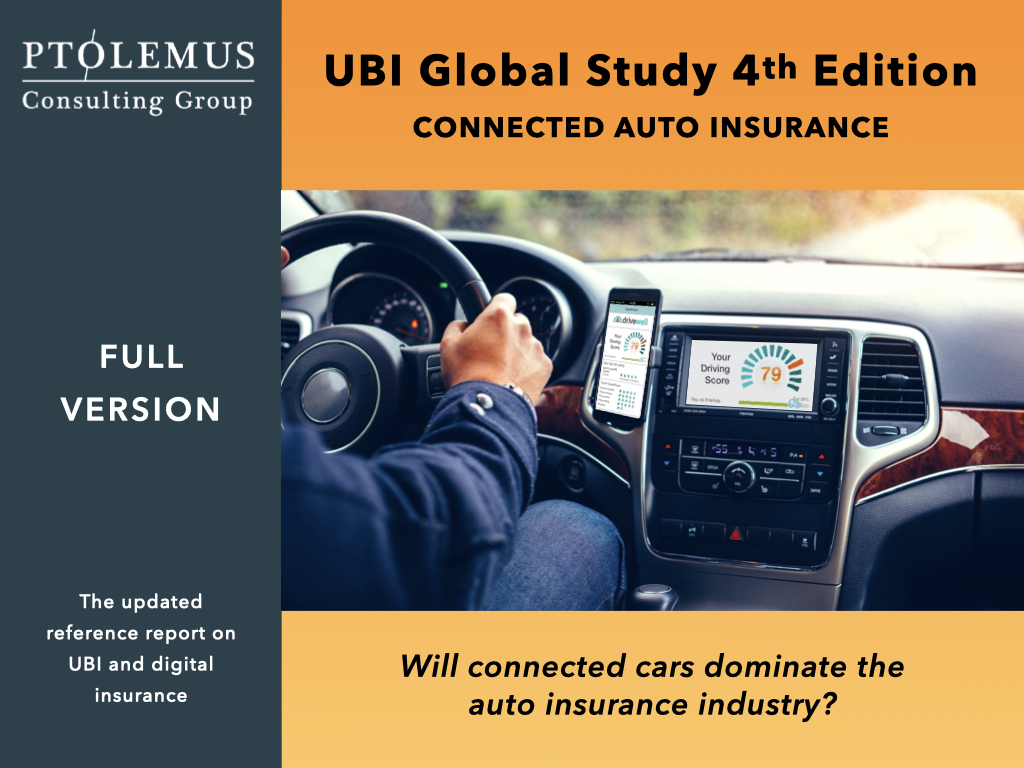Reinventing the Driver-Insurer relationship with Telematics
Finding the right offer for new segments, as well as segmenting the market in new ways to provide new UBI products, has proved very difficult and the road is paved with failures. We look at some of the examples illustrated during the recent industry events.
RSA’s earlier curfew-based offer did not work well and had to be cancelled very shortly as young drivers did not respond favourably to the idea. Also, many policy holders tended to rush back home to avoid the penalty. RSA’s Paul Middle agreed that their attempt to launch a service based on environmental argument ultimately failed as well. In both cases, he admitted that the policies were designed by the insurer for the benefit of the insurance and did not consider the drivers’ benefits.
Later, RSA performed a trial with Wunelli to better understand the link between the telematics data and the risk profile, and then ultimately underwrote the Ingenie service for their clear and driver centric commercial approach.
The primary relationship between drivers and insurers is based on the fact that insurance is compulsory and UBI is the cheapest option by far offered to young drivers. Why, then, should insurance companies care about customer service? After all, the parents are the ones paying for the insurance anyway. Ed Rochfort, founder and Product Director at Carrot insurance, had a very interesting answer.
For Carrot, the benefits from UBI are natural risk selection, the ability to add new rating factors, the behaviour changes promoted by the policy and the reduction in claims handling costs. His Key Performance Indicators was Engagement, as opposed to driving score. After 6 months of running the service, it was clear that unengaged drivers were having most of the accidents. Carrot started to target the unengaged drivers specifically with carefully crafted communication. The engagement ratio grew rapidly and the accident frequency dropped from 30% to 15%. Engaged drivers are lower risk drivers.
Defining best practices on relationship management in UBI
Based on the launch experience of insurers and brokers such as Carrot, and the research done by ABI, a number of interesting ground rules were suggested in order to (a) change the perception of UBI and (b) attract and retain young drivers (and ultimately other segments):
- The user needs to understand the terms of the trade; what data is used, how it is used and how it can be accessed.
- The user needs to understand the consequences of the service provider using that data, whether they be positive or negative.
- The driver must be clearly shown the advantages of using a telematics service, how these advantages work and how he/she can access them.
- Technically, the UBI premium ideally needs to be recalculated every day in order to show the accumulated discount.
To learn more about Insurance telematics review our in-depth market research reports on Connected Auto Insurance.

